Introduction
When we think of a bountiful forest, our minds often conjure images of towering trees, lush greenery, and the sweet symphony of chirping birds. But what truly lies beneath the forest canopy are some of nature’s most delectable treasures—forest fruits. In this informative article, we’ll delve into the enchanting world of forest fruits, uncovering their variety, health benefits, and the magic they bring to our taste buds.
Forest Fruits: Nature’s Hidden Gems
Forests, with their diverse ecosystems, house an array of fruits that have captivated humans for centuries. These forest gems are not only delicious but also offer a myriad of health benefits.
The Forest Fruits Experience
Exploring the dense undergrowth of a forest is an experience like no other. The thrill of stumbling upon a hidden treasure trove of ripe forest fruits is unmatched. These fruits are often nestled among ferns and moss, waiting to be discovered. The sight, smell, and taste of forest fruits are a true feast for the senses.
A Bounty of Variety
Forests are home to an incredible variety of fruits, each with its own unique flavor and characteristics. From the tangy goodness of wild strawberries to the earthy sweetness of blackberries, forest fruits offer a diverse palette of flavors for us to savor.
Health Benefits Galore
Not only are forest fruits a culinary delight, but they also pack a nutritional punch. They are rich in antioxidants, vitamins, and minerals that support our overall health. Consuming forest fruits may boost our immune system, improve digestion, and even promote heart health.
The Enigmatic Forest Fruits
In this section, we’ll take a closer look at some of the most popular forest fruits, their characteristics, and what makes them special.
Blueberries

Blueberries are renowned for their antioxidant properties. They are not only delicious but also aid in reducing oxidative stress in our bodies. Incorporating blueberries into your diet can contribute to improved cognitive function and a healthy heart.
Wild Strawberries

Wild strawberries may be petite in size, but they pack a burst of sweetness that is hard to resist. These little gems are not only a treat for your taste buds but also a good source of vitamin C and fiber.
Raspberries

Raspberries are known for their tangy flavor and vibrant color. They are a great source of dietary fiber, which can aid in digestion and promote gut health. Add raspberries to your morning yogurt or oatmeal for a delightful twist.
Blackberries

Blackberries are a true forest treasure with their earthy and rich flavor. They are high in vitamin C and fiber, making them a fantastic choice for a healthy snack or dessert.
Cranberries
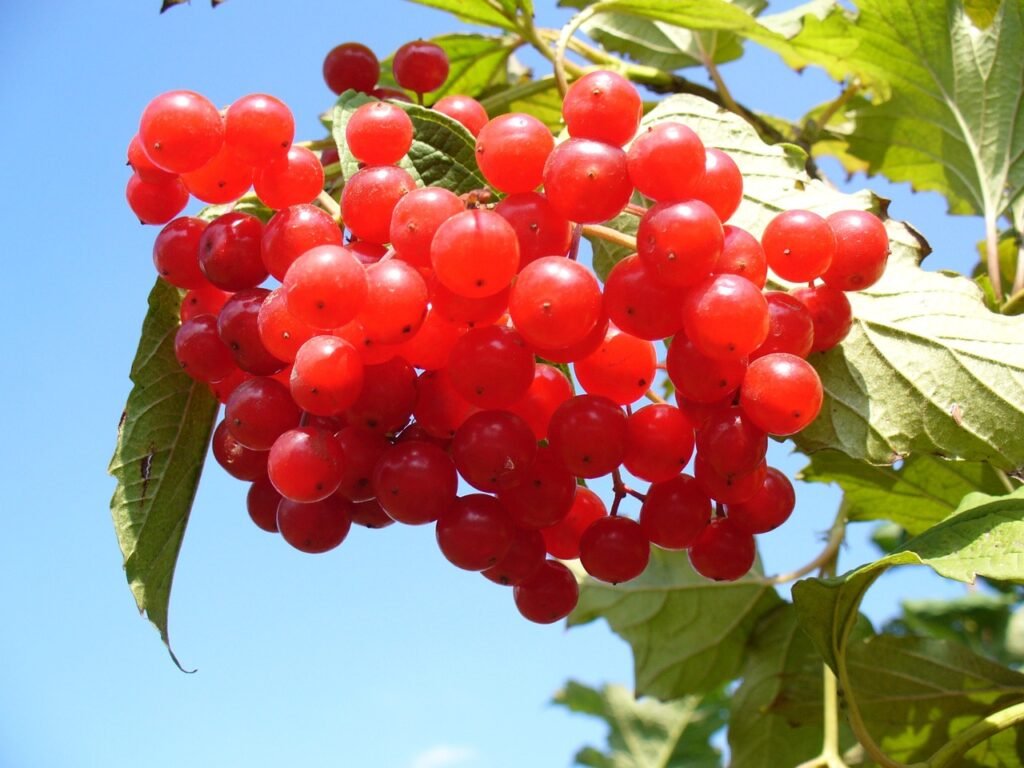
Cranberries Known for their tartness, cranberries add a zesty twist to dishes. They’re celebrated for their potential health benefits, including urinary tract health.
Elderberries

Elderberries are prized for their dark purple clusters, which are used to make syrups and jams. They are believed to have immune-boosting properties.
Huckleberries
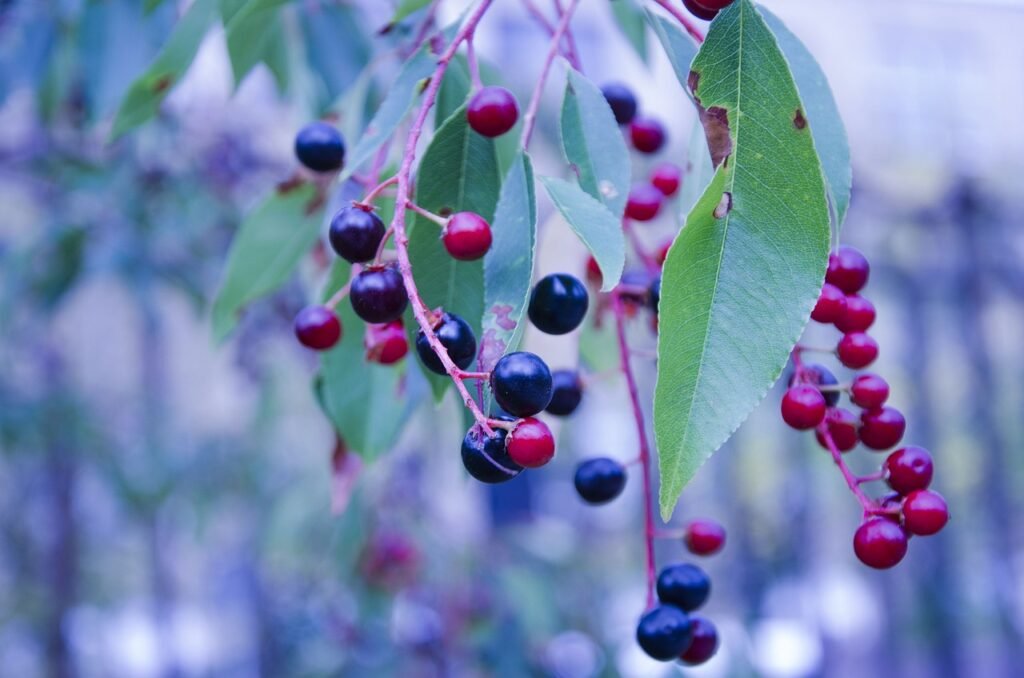
Huckleberries boast a unique blend of sweet and tart flavors, making them a popular choice for jams, pies, and pancakes in the Pacific Northwest.
Lingonberries

Lingonberries offer a slightly tart taste and are a staple in Scandinavian cuisine, often served with meat dishes or as jams.
Gooseberries

Gooseberries are tart yet refreshing, and they can be transformed into pies, jams, or used in savory dishes.
Bilberries
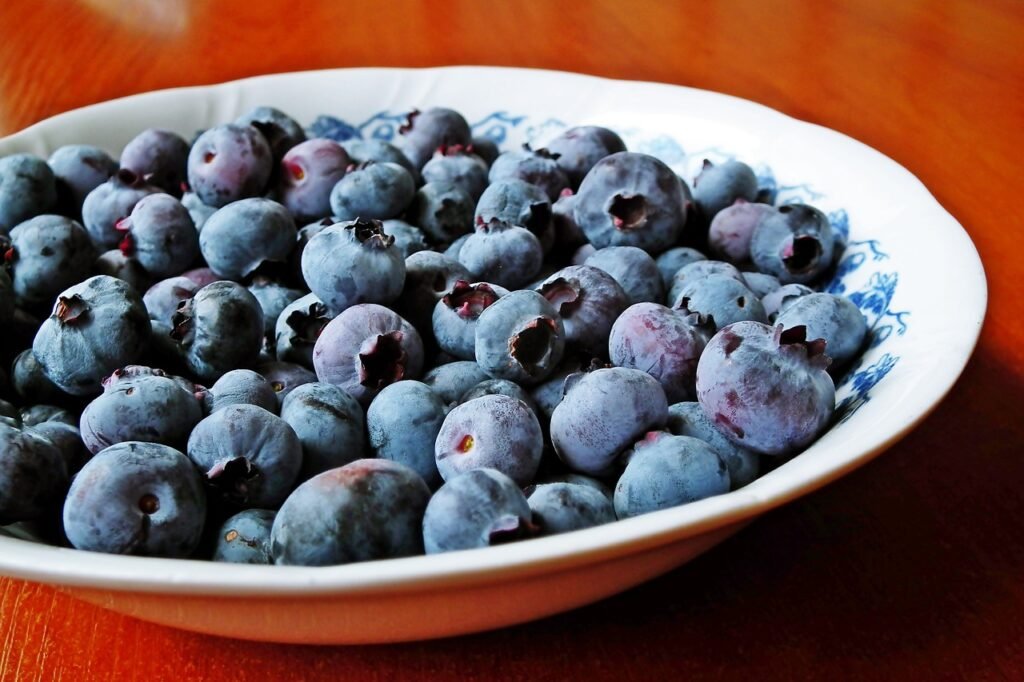
Bilberries resemble blueberries but have a deeper, more intense flavor. They are known for their potential eye health benefits.
Marionberries
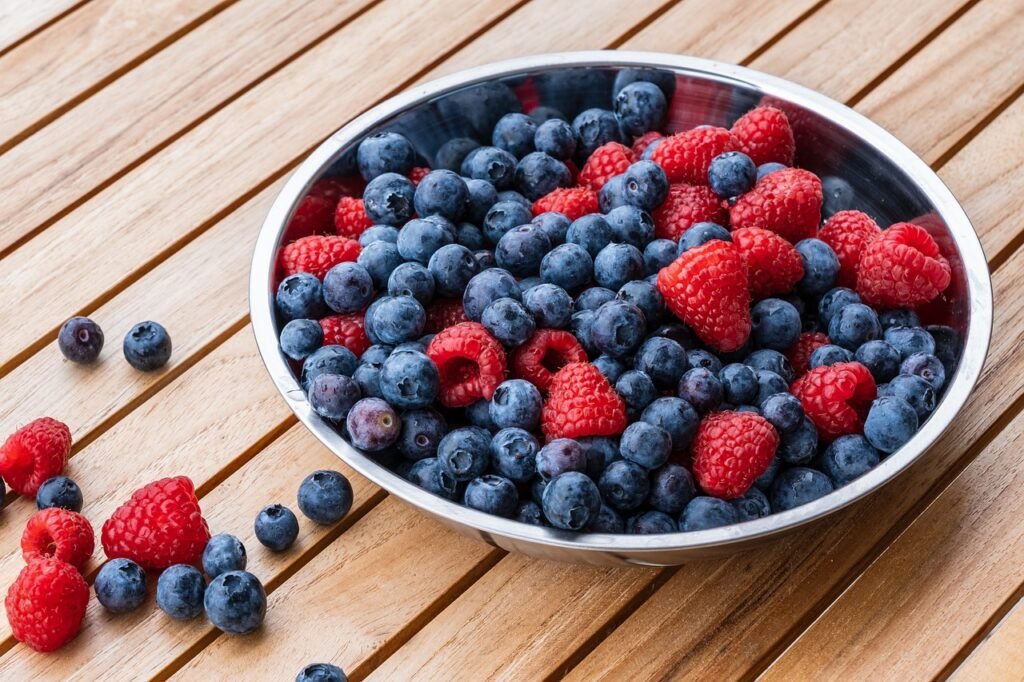
A type of blackberry, marionberries are juicy and sweet with a hint of tartness. They’re perfect for jams, cobblers, and pies.
Boysenberries

A cross between blackberries, raspberries, and loganberries, boysenberries are a flavorful addition to desserts and jams.
Serviceberries

Serviceberries, also known as Saskatoon berries, offer a sweet, nutty flavor and are often used in pies and jams.
Juneberries

Juneberries, resembling blueberries, are prized for their sweet taste and versatility in culinary creations.
Dewberries

Dewberries are closely related to blackberries and have a sweet, juicy flavor that makes them ideal for jams and desserts.
Mulberries

Mulberries are sweet and chewy, often enjoyed fresh or dried. They’re rich in vitamin C and iron.
Chokeberries

Chokeberries are known for their deep red or black color and tart taste. They can be used in juices, jams, and baked goods.
Hackberries

Hackberries have a mildly sweet taste and are often used in preserves, pies, or as a snack for their nutty flavor.
Pawpaws
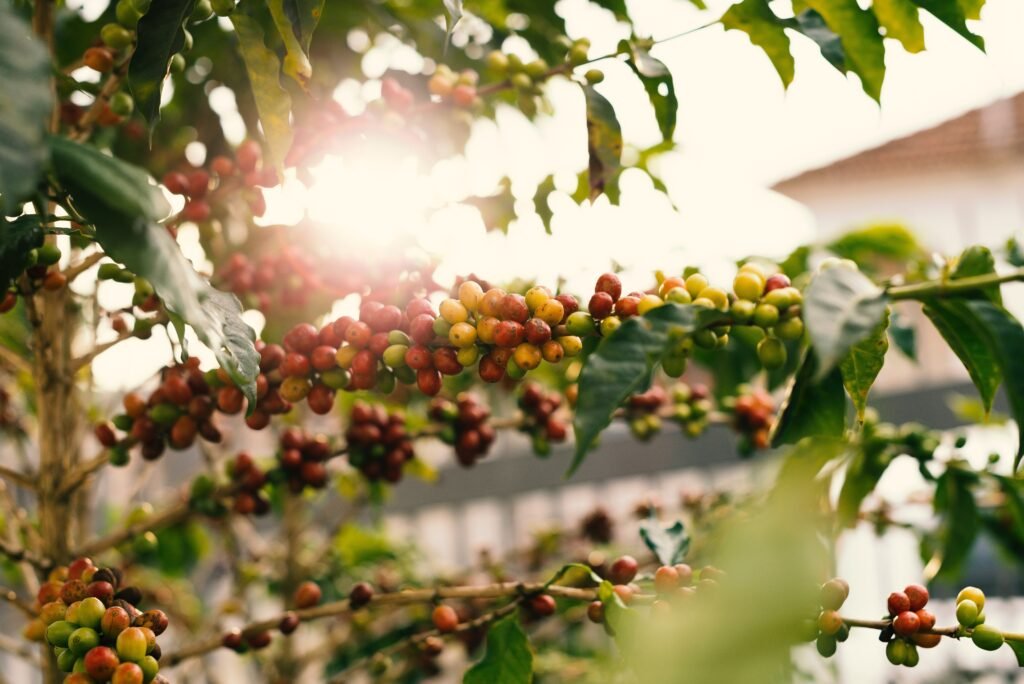
Pawpaws are tropical-flavored forest fruits with a creamy texture. They are enjoyed fresh and are often used in desserts.
Persimmons

While not a traditional forest fruit, wild persimmons can be found in some regions and offer a sweet, custard-like flesh.
Sloe Berries
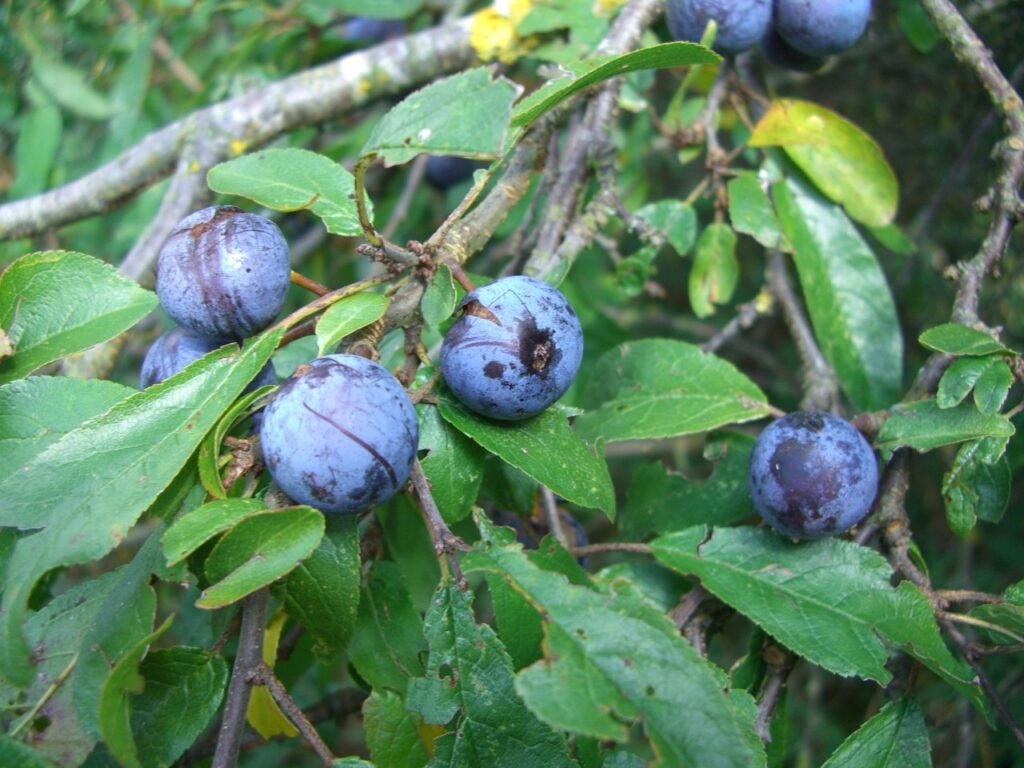
Sloe berries are small and tart and are commonly used to make sloe gin and jams.
Rowanberries
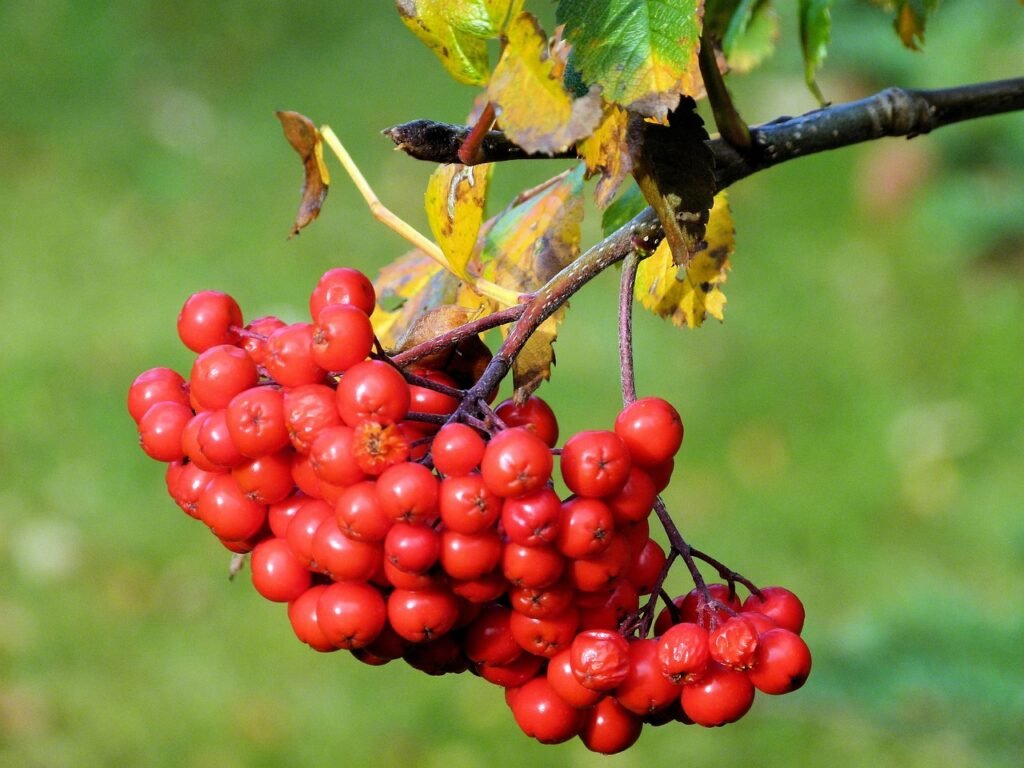
Rowanberries, with their tartness, are often used in traditional European recipes, such as jams and liqueurs.
Red Currants
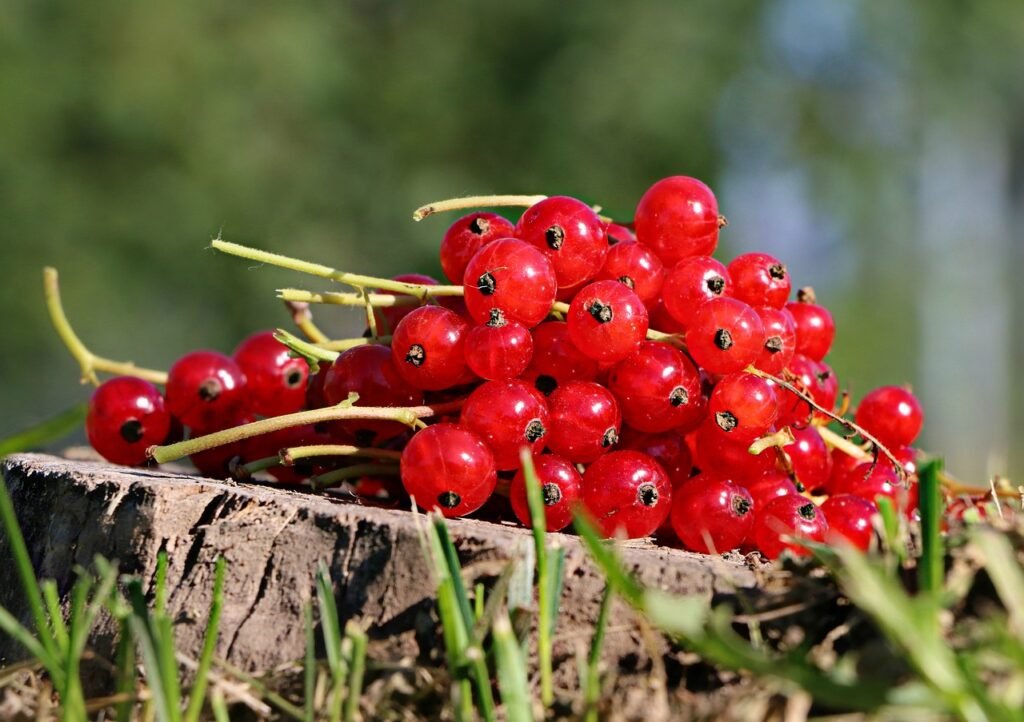
Red currants are tart and bright red, used in jams, jellies, and as a garnish for various dishes.
White Currants

White currants are a sweeter variety often used in desserts and preserves.
Cloudberries

Cloudberries are a rare forest find, known for their unique taste that combines sweetness and tartness. They are used in jams and desserts, especially in Nordic cuisine.
Summary & List of Forest Fruits
| Forest Fruit | Taste Profile | Health Benefits |
| Blueberries | Sweet and Tangy | Rich in antioxidants, support cognitive function, and heart health. |
| Blackberries | Rich and Earthy | High in vitamins and fiber, promote digestion and overall health. |
| Raspberries | Tart and Sweet | Excellent source of dietary fiber and vitamin C. |
| Wild Strawberries | Sweet and Fragrant | Packed with vitamin C and a delightful addition to dishes. |
| Cranberries | Tart and Zesty | Known for urinary tract health benefits and antioxidants. |
| Elderberries | Dark Purple, Rich Flavor | Believed to have immune-boosting properties, used in syrups and jams. |
| Huckleberries | Sweet and Tart | Popular for jams, pies, and pancakes; rich in antioxidants. |
| Lingonberries | Slightly Tart | A Scandinavian staple, often served with meat dishes or as jams. |
| Gooseberries | Tart and Refreshing | Used in pies, jams, and savory dishes. |
| Bilberries | Intensely Flavorful | Known for potential eye health benefits, resemble blueberries. |
| Marionberries | Juicy and Sweet with Tartness | Ideal for jams, cobblers, and pies. |
| Boysenberries | Complex Flavor | Flavorful addition to desserts and jams. |
| Serviceberries | Sweet and Nutty | Used in pies and jams; rich in antioxidants. |
| Juneberries | Sweet and Versatile | Ideal for culinary creations and desserts. |
| Dewberries | Sweet and Juicy | Enjoyed fresh or used in jams and desserts. |
| Mulberries | Sweet and Chewy | High in vitamin C and iron, can be eaten fresh or dried. |
| Chokeberries | Tart and Rich | Used in juices, jams, and baked goods; rich in antioxidants. |
| Hackberries | Mildly Sweet with Nutty Flavor | Used in preserves, pies, or as a snack. |
| Pawpaws | Tropical-Flavored, Creamy | Enjoyed fresh and used in desserts. |
| Persimmons | Sweet and Custard-Like | Wild persimmons found in some regions, enjoyed for their sweet flesh. |
| Sloe Berries | Small and Tart | Commonly used to make sloe gin and jams. |
| Rowanberries | Tart and Traditional | Used in European recipes, such as jams and liqueurs. |
| Red Currants | Tart and Bright Red | Used in jams, jellies, and as a garnish for dishes. |
| White Currants | Sweeter Variety | Used in desserts and preserves. |
| Cloudberries | Sweet and Tart | Unique flavor used in jams and desserts, especially in Nordic cuisine. |
Conclusion
As we’ve journeyed through the lush forested landscapes and tasted the delicious offerings of nature, it’s evident that forest fruits are more than just food—they are a testament to the wonders of our natural world. From their enticing flavors to their health-boosting properties, these fruits remind us of the importance of preserving our forests and the diverse ecosystems they support.
So, the next time you venture into the woods, keep an eye out for these hidden treasures. Savor their flavors, and appreciate the gifts that nature bestows upon us in the form of forest fruits.
FAQs about Forest Fruits
Are forest fruits safe to eat?
Yes, forest fruits are safe to eat, but it’s essential to correctly identify them to avoid any toxic varieties. If you’re unsure, it’s best to consult a field guide or an expert.
Can I forage for forest fruits in any forest?
While many forests have edible fruits, it’s crucial to check local regulations and obtain any necessary permits before foraging. Some protected areas may have restrictions.
Are forest fruits better than cultivated fruits?
Forest fruits offer unique flavors and nutritional benefits, but cultivated fruits also have their advantages, such as consistent quality and availability.
How can I incorporate forest fruits into my diet?
You can enjoy forest fruits fresh, in smoothies, on top of yogurt, or as a topping for desserts. They also make excellent jams and preserves.
Do forest fruits have any medicinal properties?
Some forest fruits, like blueberries, are known for their potential health benefits due to their high antioxidant content. However, always consult a healthcare professional for medical advice.
What is the best season for foraging forest fruits?
The ideal season for foraging varies by region, but summer and early fall are typically prime times to find a variety of ripe forest fruits.





